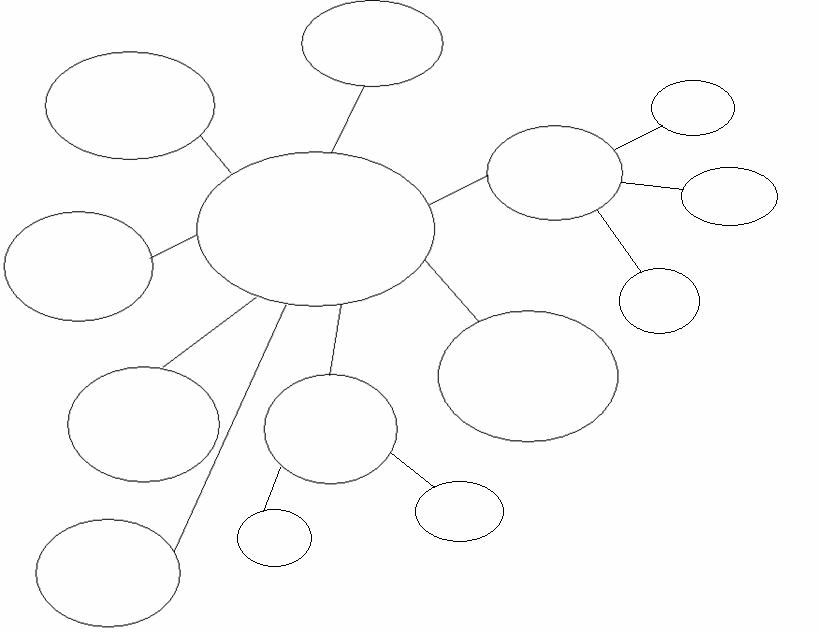

Mind mapping for fun and profit
Teri Karjala //July 6, 2012//

“Mind mapping” is a tool so useful, every business owner should know how to effectively use it. I use this technique in both my personal and professional life whenever I become stuck in my thinking. It is a process that allows me to lay out ideas in any area, making it easy to see solutions that might have escaped me initially. Through mind mapping, we begin to see a broader perspective on any given issue, which enables us to come at an issue from a completely different angle.
Mind mapping (technically known as the Mind Map®) is the process of putting your thoughts on any given subject to paper and then expanding outward from the main concepts into smaller components and then so on and so on.* Think of the “spider web style” outlines that you might have learned in school for writing stories. It is a simple tool that allows the overloaded brain to expel the information out onto paper in a clean and organized manner. This not only allows for a heightened sense of perspective, as the thinker can now see the totality of ideas surrounding an issue in the form of one comprehensive “map,” but it also creates necessary space in the mind for new ideas to take root.
Often the brain is afraid to “forget” information and will go over and over the same thoughts repetitively and even obsessively. You may have experienced this phenomenon late at night when you are unable to sleep due to racing thoughts. Once you get those thoughts out of your mind and onto paper, watch your energy begin to free up and get ready for a good night’s sleep and to awaken with a fresh perspective.
Here’s how it works: Get a piece of paper and begin in the middle by drawing a circle. That first circle will be the focal point of what the mind map will be reflecting. For example, in the middle you may be brainstorming “Marketing and Development Resources.” From there, you will then draw a line out from the central circle connecting to another circle which reflects the main relating themes. You may have five or more circles coming off the first circle. Those circles will also have titles with related subjects such as, “Networking, Online Marketing, Newspapers,” etc.
From there we would take the “Networking” circle and extend more lines from it connecting to circles that are specific to that particular topic. In this case, the other circles may list places or resources for “networking.” For example, “Networking event No. 1,” “Networking event No. 2,” “Networking event No.3,” etc.
Spend five to ten minutes on the initial mind map and then return a day or two later and spending five more minutes. Add to it whenever you have generated more ideas. The brain will continue to generate new ideas as you purge them to the map.
I incorporate the mind mapping process into work with my clients, and often assign it as a form of “homework” to help them move out of that stuck feeling and the hopelessness that seems to accompany it.
I also use it for myself and my business. When faced with a busy work day, the night before, I mind map my upcoming day, which keeps me organized and maintains the necessary balance in my life.
Tony Buzan codified the use of imagery, color, and association and coined the phrase, “Mind Mapping.” Over the years, many different styles of the Mind Map® have been created and marketed. There are numerous books on the subject as well. I’ve presented a simple version here and have created a unique one that I use to organize each day. Email me directly at [email protected] to receive my customized mind map, with “mind map” in the subject line.
For the process to be most effective, make it your own. Your personal mind map should reflect your style, creativity, and personality. If you enjoy creating it, then you are more likely to use it.
























